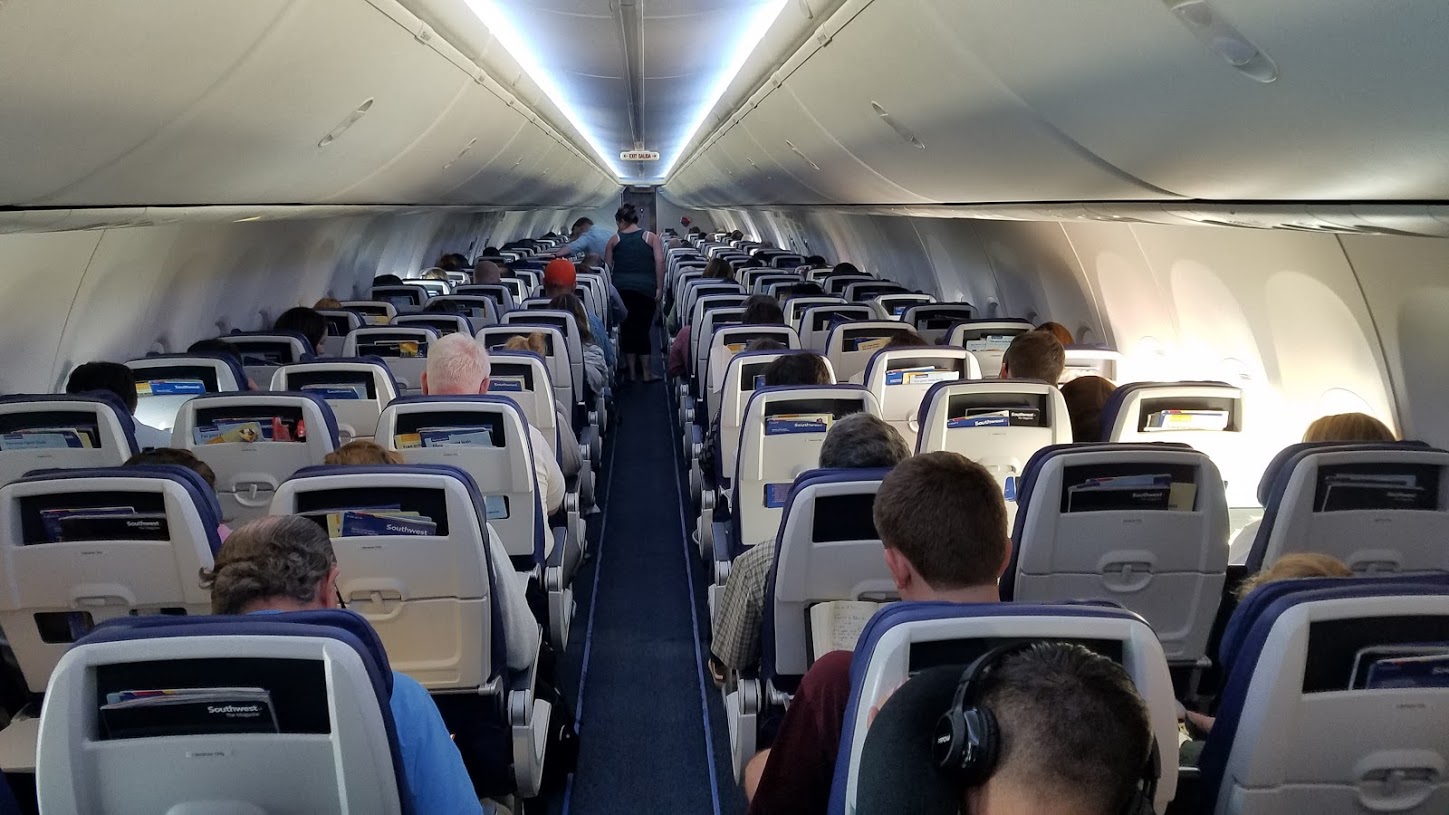I’ve written that I expected the FAA to approve the Boeing 737 MAX flying again and then other regulators would follow suit during the time that U.S. airlines worked to bring the plane back into service and went through simulator training with their pilots. In that way more than just the U.S. would have approved the plane by the time it re-entered commercial service here.
That’s what I’d understood to be the plan the U.S. was angling for, in a very political environment. It’s been important not just to have signoff from the U.S. on the plane – mostly for passenger confidence, but also because having the U.S. as the only regulator approving the aircraft would have meant it would be limited in the routes it served and in some cases it might even have to fly more roundabout routes to avoid overflying places it wasn’t legal.
Yet while the FAA hasn’t signed off on the plane yet, Europe’s safety regulator has gone ahead and publicly stated it is approving it first. That’s huge. This is despite the hoops they had to go through during Covid to test the plane, and despite earlier demands they’d had to add a third angle of attack sensor prior to the plane’s return to service (which didn’t happen).
After test flights conducted in September, EASA is performing final document reviews ahead of a draft airworthiness directive it expects to issue next month, said Patrick Ky, executive director of the European Union Aviation Safety Agency.
That will be followed by four weeks of public comment, while the development of a so-called synthetic sensor to add redundancy will take 20 to 24 months, he said. The software-based solution will be required on the larger Max 10 variant before its debut targeted for 2022, and retrofitted onto other versions.

While the FAA’s review process is further along, EASA is first to state publicly it’s ready to approve the 737 MAX for commercial service.
Back in June I wrote that changes to the MAX mean that both of the plane’s Angle of Attack sensors have to match before engaging the MCAS system, but European regulators wanted to add a third sensor. Instead they agreed to adding a synthetic airspeed system in the future after the plane returns to service.
Synthetic airspeed, available in the 787, was rejected for the 737 MAX because the goal of the project was to avoid simulator training for existing 737 Next Generation pilots – but the MAX is going to require that now anyway. And Europe will approve the plane even without it, on the promise it will be added in the future.
Given the embarrassment of the FAA over the past year and a half over how the MAX was initially approved, and their resulting decline in international prestige, it’s important for world acceptance that the FAA isn’t the only one approving the plane. It’s an even bigger deal that they aren’t even first to say they’ll do so. This is a huge political win, more than anything else, because at this point re-approval was a certainty.
Among the 6 controversial things I believe about the 737 MAX is that even if you say you won’t fly the plane again you’re going to.
The bar for this plane to fly is higher than any other aircraft in the world, and once it’s flying it will have exceeded that bar. About 5000 of them have been ordered. American, United, Southwest and Air Canada all have MAX aircraft in their fleet. Once the plane flies again, and does so safely, it will become ubiquitous in aviation – and we’ll all wind up flying the aircraft.


This is very good news and should inspire confidence in the aircraft. Unlike the FAA, the EASA should not be subject to accusations of giving in to political pressure. If anything they would have been under pressure from Airbus-connected politicians to drag their feet on this approval. Public support from the EASA provides much better optics for the FAA to give their approval.
Given that the Europeans are a pretty partisan bunch, they probably tried desperately to find something wrong with changes that Boeing made to this aircraft. So well done Boeing.
As for my travels, I won’t have problem using it in general but I may discriminate as to the airline with whom I’m flying it. At least for a year or so.
Can’t wait to fly on my first MAX ride, I’m ready!
@Airfarer
If by “partisan” you mean “not wanting to fly in a plane that is inherently unstable, having had said plane crash twice, ensuring that the abysmal sh1tshow of defects were fixed before it’s allowed into the skies again,” then yes, I agree wholeheartedly with you
“So well done Boeing” I’m guessing you have stock / work for them / have kick backs (delete as applicable)